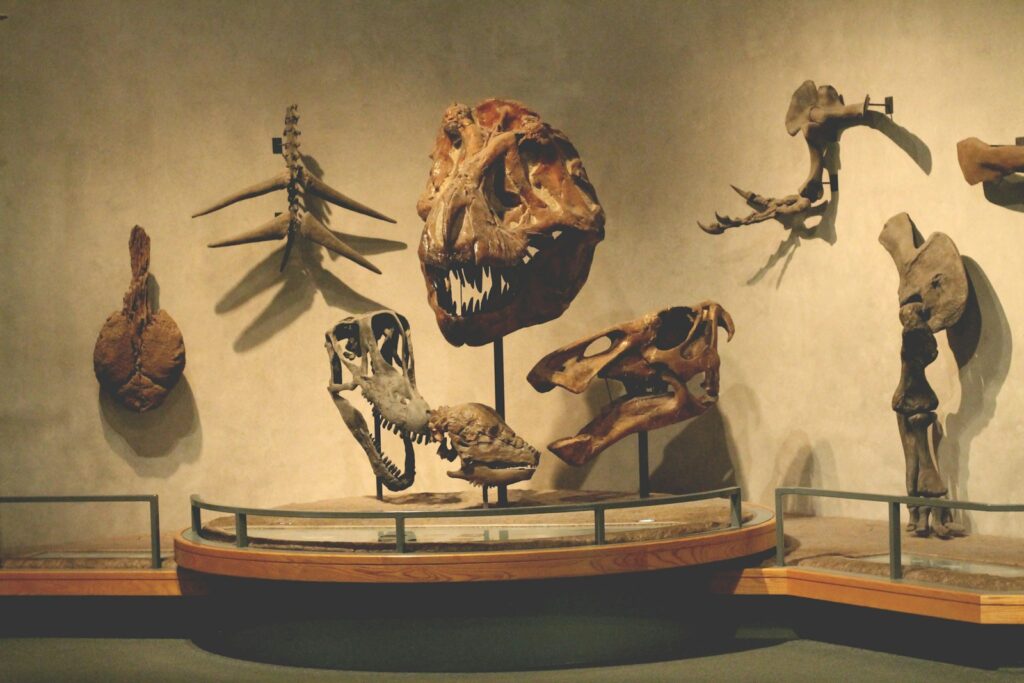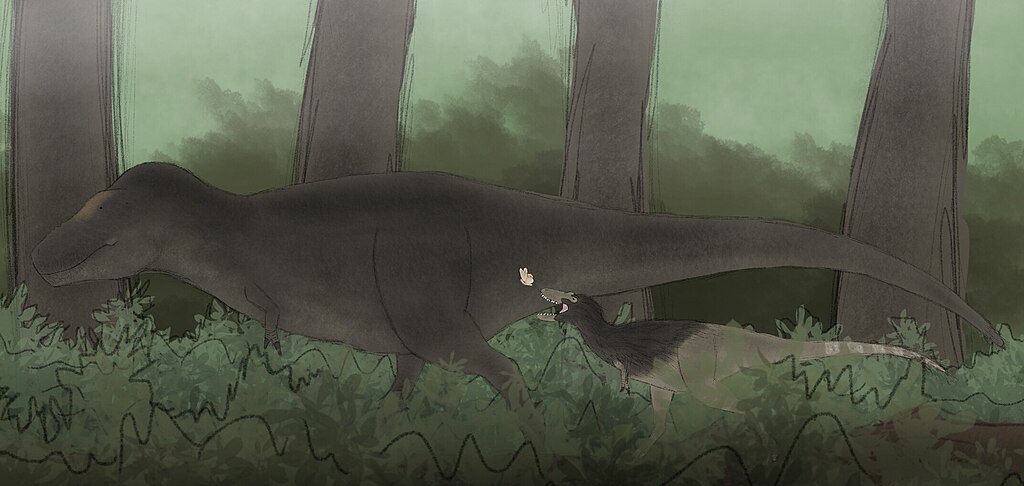The ground trembles beneath your feet as you stand in the shadow of something impossible. Towering above you, stretching higher than a four-story building, stands a creature that defied every law of physics we thought we understood about land animals. This isn’t science fiction – this was reality 150 million years ago, when the Earth belonged to giants that made today’s largest elephants look like house cats.
The Jurassic Period: Earth’s Golden Age of Giants
The Jurassic Period, spanning from 201 to 145 million years ago, represents the pinnacle of dinosaur evolution in terms of sheer size. During this extraordinary chapter in Earth’s history, our planet became a greenhouse world where massive creatures roamed landscapes that bore little resemblance to today’s environments. The climate was warm, humid, and incredibly stable, creating perfect conditions for life to flourish on an unprecedented scale.
What made the Jurassic so special wasn’t just the presence of dinosaurs – it was the emergence of the largest land animals that ever existed. The period saw the rise of sauropods, those long-necked behemoths that would define our understanding of prehistoric gigantism. These creatures didn’t just grow large; they grew impossibly large, reaching sizes that challenge our modern comprehension of what’s biologically possible.
Brachiosaurus: The Giraffe That Redefined Tall
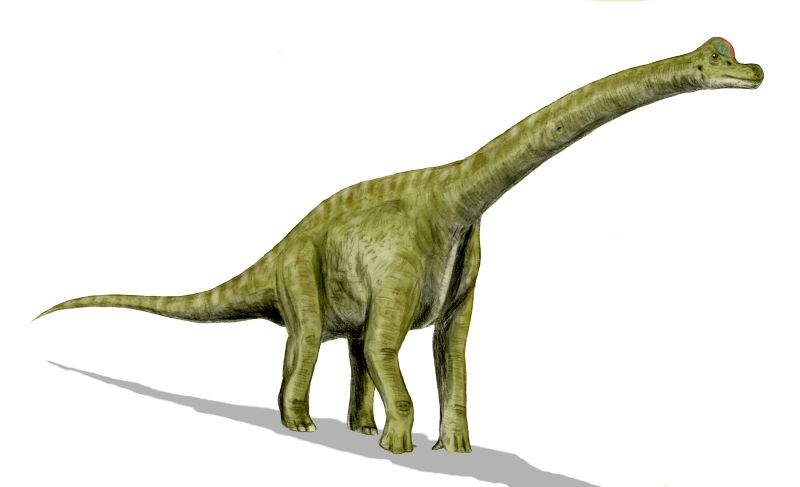
Standing at heights that would make modern giraffes feel inadequate, Brachiosaurus represents one of the most iconic examples of Jurassic gigantism. This massive sauropod could reach heights of up to 40 feet, with its head towering above the ancient coniferous forests like a living skyscraper. Unlike other sauropods, Brachiosaurus had front legs longer than its back legs, giving it a distinctive upright posture that maximized its reach to treetop vegetation.
The sheer engineering marvel of Brachiosaurus becomes apparent when you consider the biological challenges it faced. Its heart had to pump blood up that incredibly long neck to reach its brain, requiring blood pressure levels that would be fatal to any modern mammal. Scientists estimate that Brachiosaurus needed a heart weighing over 400 pounds just to function properly – a biological pump more powerful than anything alive today.
Diplodocus: The Whip-Tailed Wonder
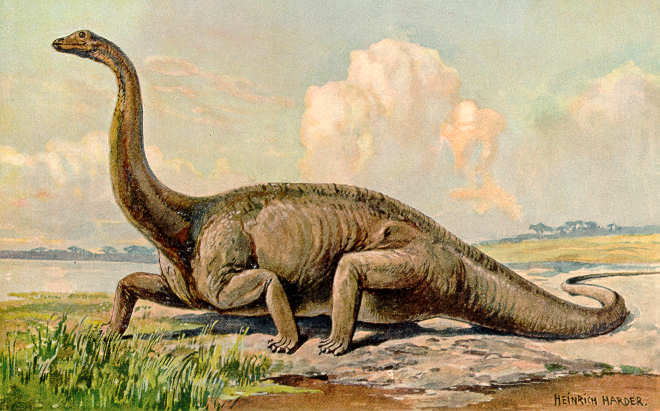
If Brachiosaurus impressed with height, Diplodocus dominated through sheer length. Stretching up to 108 feet from nose to tail, this incredible sauropod was longer than three school buses placed end to end. Its most distinctive feature was its impossibly long, whip-like tail that could crack like thunder when swung at high speeds, potentially reaching supersonic velocities at the tip.
The mechanics of Diplodocus’s tail represent one of nature’s most ingenious weapons systems. Recent computer simulations have shown that the tail could generate forces equivalent to those produced by a modern bullwhip, creating sonic booms that could be heard for miles. This wasn’t just for show – it was a sophisticated defense mechanism that could deter even the most determined predators.
Supersaurus: When Bigger Became Even Bigger
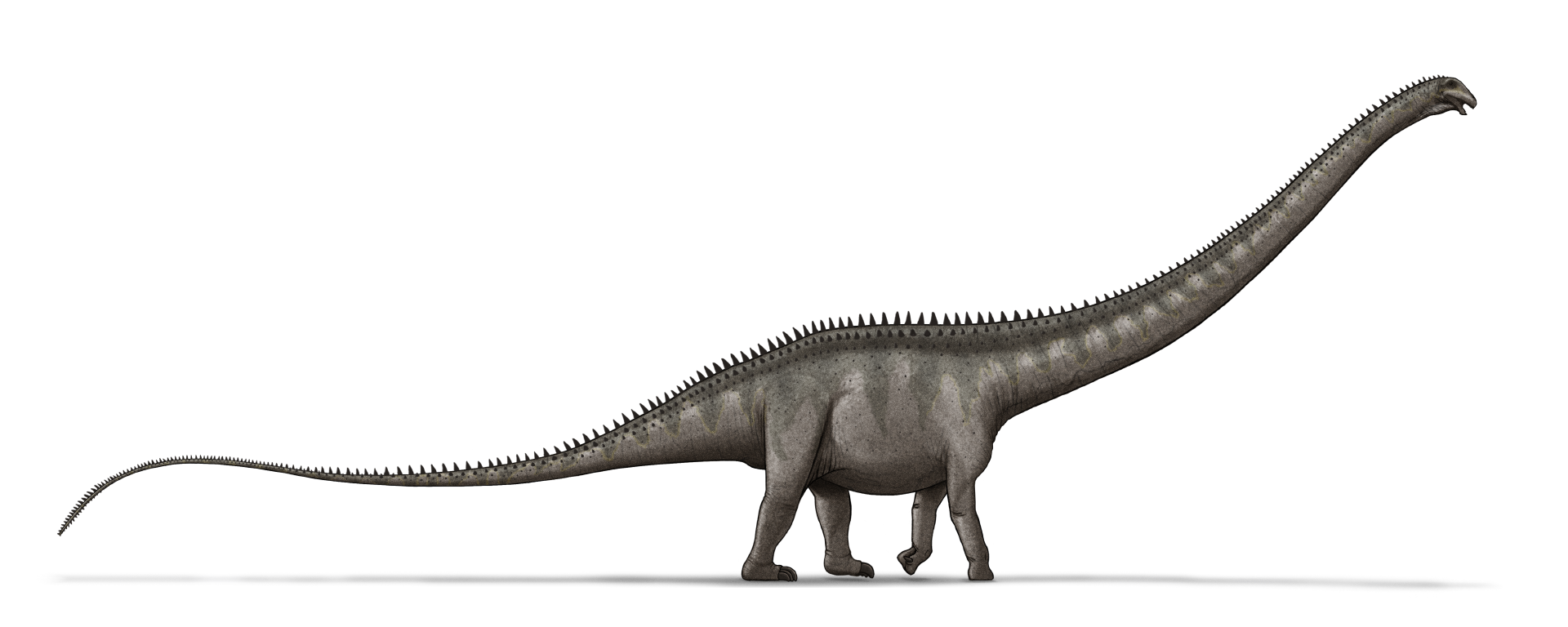
Just when paleontologists thought they had seen the limits of dinosaur size, Supersaurus emerged from the fossil record to shatter every expectation. This colossal sauropod reached lengths of up to 115 feet and stood nearly 55 feet tall, making it one of the longest dinosaurs ever discovered. Its name means “super lizard,” and it lives up to that designation in every measurable way.
What makes Supersaurus particularly remarkable is how it achieved such massive proportions while maintaining structural integrity. Its bones show sophisticated adaptations for supporting enormous weight, including hollow chambers that reduced mass without sacrificing strength. The creature’s vertebrae were architectural marvels, featuring complex internal structures that distributed weight more efficiently than many modern engineering solutions.
Allosaurus: The Apex Predator That Ruled the Food Chain
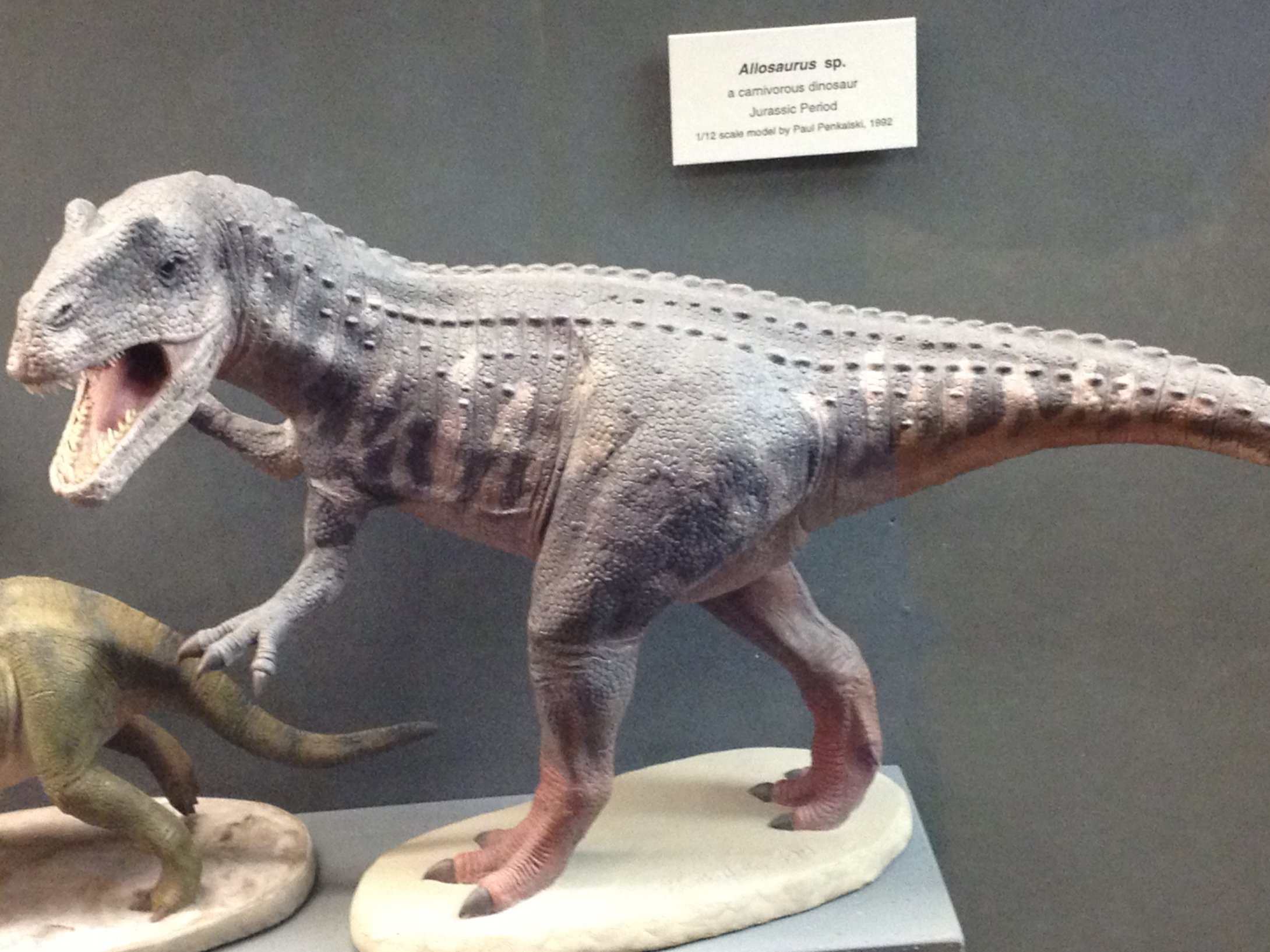
While herbivorous giants captured attention through size, Allosaurus dominated through sheer predatory prowess. This formidable theropod, reaching lengths of up to 40 feet, was the apex predator of its time. Its massive skull, equipped with razor-sharp teeth and powerful jaw muscles, could deliver bone-crushing bites that few prey animals could survive.
Allosaurus represented the perfect balance between size and agility. Unlike the lumbering giants it sometimes hunted, this predator maintained surprising speed and maneuverability. Its powerful hind legs could propel it at speeds of up to 25 miles per hour, making it faster than most modern large predators. The creature’s distinctive, ridged skull and massive claws turned it into a living nightmare for Jurassic herbivores.
Apatosaurus: The Gentle Giant With a Deceptive Past
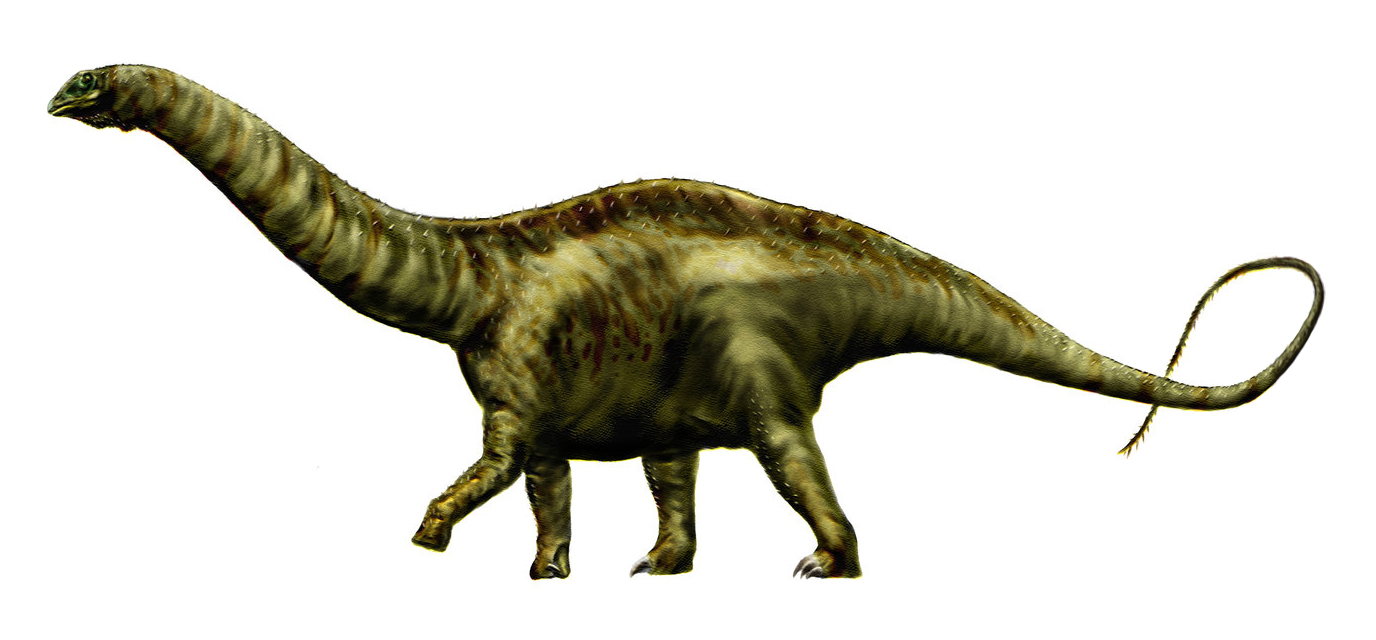
Few dinosaurs have captured public imagination quite like Apatosaurus, though many still know it by its former name, Brontosaurus. This massive sauropod, reaching lengths of 75 feet and weights exceeding 25 tons, represented the archetypal “gentle giant” of the Jurassic. Its long neck and small head created an almost comical appearance that belied its impressive physical capabilities.
Recent research has revealed that Apatosaurus was far from the slow, plodding creature once imagined. Its powerful limbs and sophisticated muscular system allowed it to move with surprising grace and speed when necessary. The creature’s social behavior also challenged preconceptions – fossil evidence suggests these giants traveled in herds, creating prehistoric spectacles that must have been awe-inspiring to witness.
Camarasaurus: The Compact Powerhouse
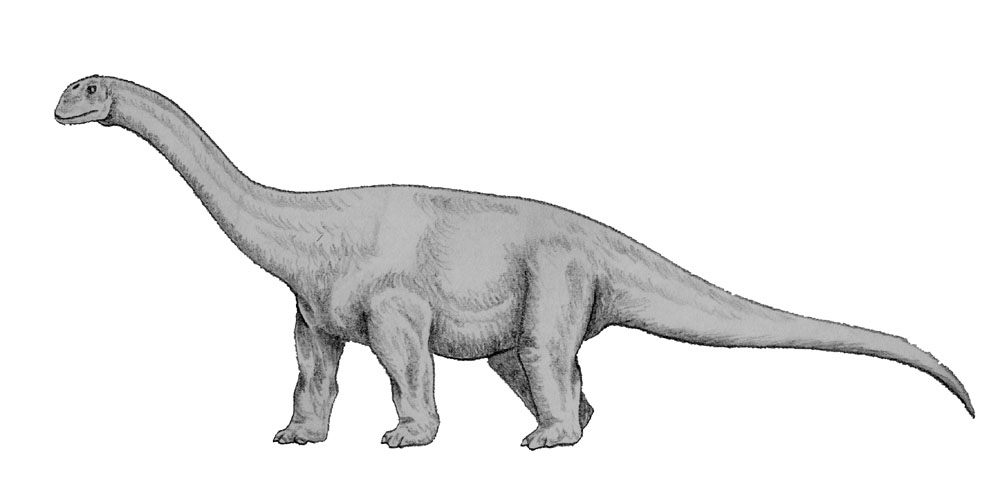
While its cousins chased records for length and height, Camarasaurus achieved greatness through compact power and efficiency. This robust sauropod, reaching lengths of about 60 feet, was built like a prehistoric tank. Its sturdy construction and powerful musculature made it one of the most successful dinosaurs of its time, with fossils found across vast geographic ranges.
What set Camarasaurus apart was its remarkably efficient design. Its relatively shorter neck and more compact body structure allowed it to thrive in environments where other sauropods struggled. The creature’s teeth were perfectly adapted for processing tough vegetation, featuring chisel-like edges that could strip bark and crush woody plant material with ease.
Stegosaurus: The Armored Icon of Prehistoric Defense
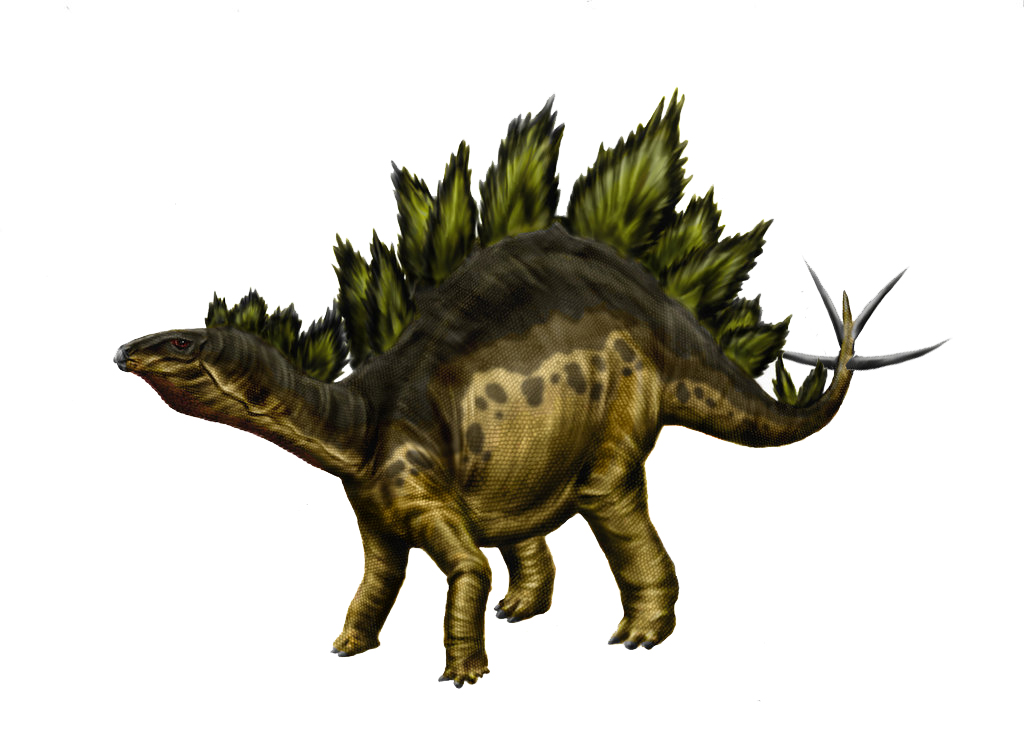
No discussion of Jurassic giants would be complete without mentioning Stegosaurus, the spiky-backed herbivore that became an icon of prehistoric life. Though smaller than the massive sauropods, reaching lengths of about 30 feet, Stegosaurus made up for size with one of the most distinctive and effective defense systems in the animal kingdom. Its back was adorned with massive triangular plates that could reach heights of over three feet.
The purpose of Stegosaurus’s plates has puzzled scientists for generations. Recent research suggests they served multiple functions – temperature regulation, display, and defense. The creature’s tail, armed with four massive spikes called a “thagomizer,” could deliver devastating blows to potential predators. This defensive arsenal made Stegosaurus a formidable opponent despite its relatively small brain size.
The Environmental Factors That Enabled Gigantism
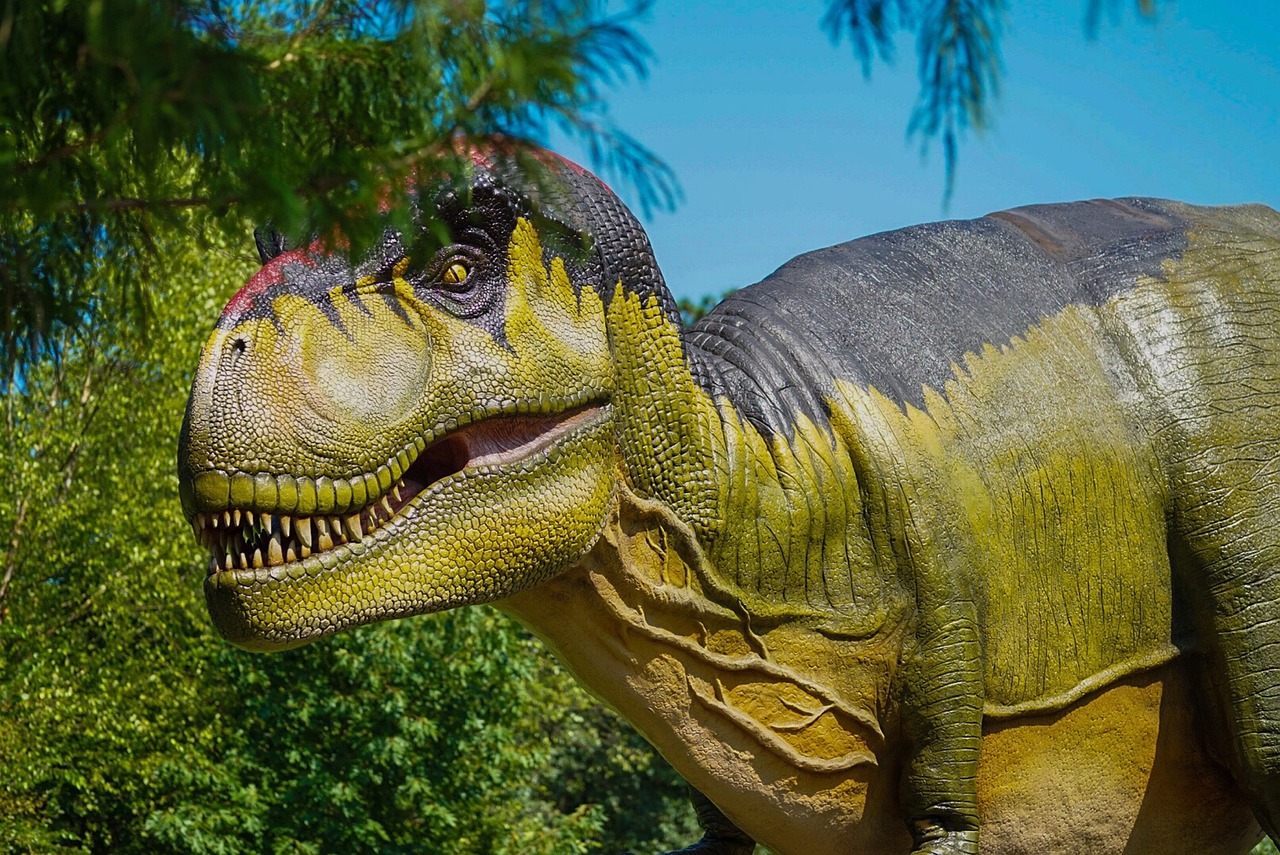
The extraordinary size of Jurassic dinosaurs wasn’t accidental – it was the result of perfect environmental conditions that may never be repeated in Earth’s history. The period’s warm, humid climate created lush vegetation that could support massive herbivores, while high atmospheric oxygen levels provided the respiratory support these giants needed. The absence of polar ice caps meant that sea levels were much higher, creating vast shallow seas that moderated global temperatures.
The landscape itself played a crucial role in enabling gigantism. Vast forests of conifers, ferns, and cycads provided abundant food sources at various heights, giving long-necked sauropods distinct advantages. The relatively flat terrain of many Jurassic environments also facilitated the movement of these massive creatures, allowing them to migrate across continents in search of food and suitable breeding grounds.
Physiological Adaptations That Defied Physics
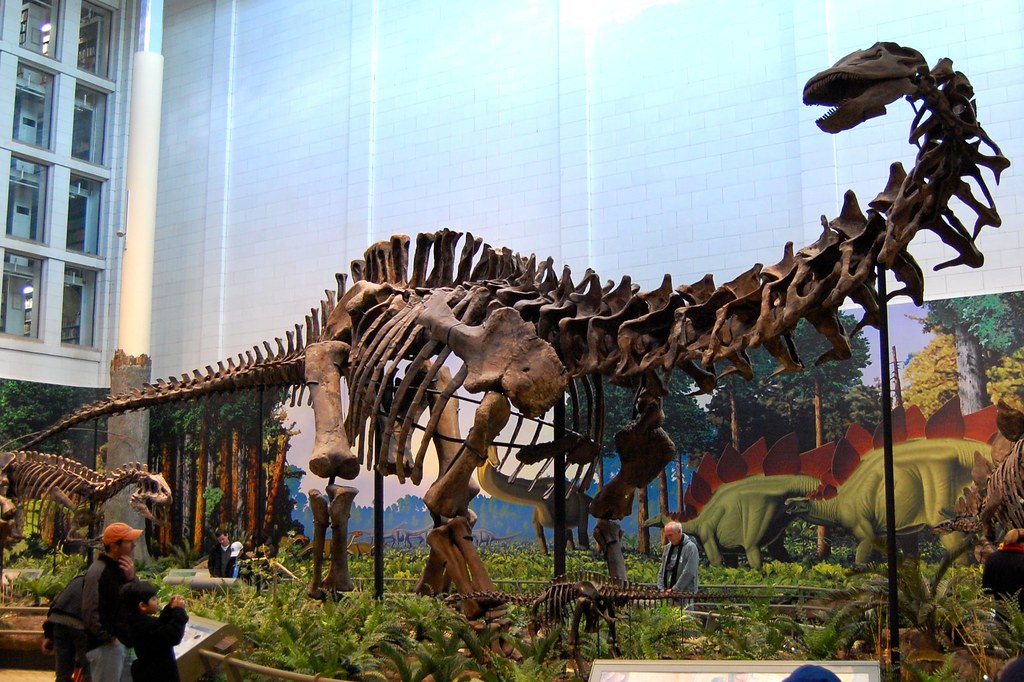
The sheer size of Jurassic dinosaurs required biological innovations that pushed the boundaries of what’s physically possible. Their bones developed complex internal structures that maximized strength while minimizing weight – a feat of natural engineering that modern architects still study. Many of these giants had hollow bones filled with air sacs, similar to modern birds, which reduced their overall mass by up to 20%.
Their cardiovascular systems represented perhaps the most remarkable adaptations. Sauropods needed blood pressure levels that would be instantly fatal to mammals, yet they evolved specialized heart structures and vascular systems that could handle these extreme demands. Some species may have had multiple hearts or auxiliary pumping systems to ensure adequate blood flow throughout their massive bodies.
Feeding Strategies of the Jurassic Giants
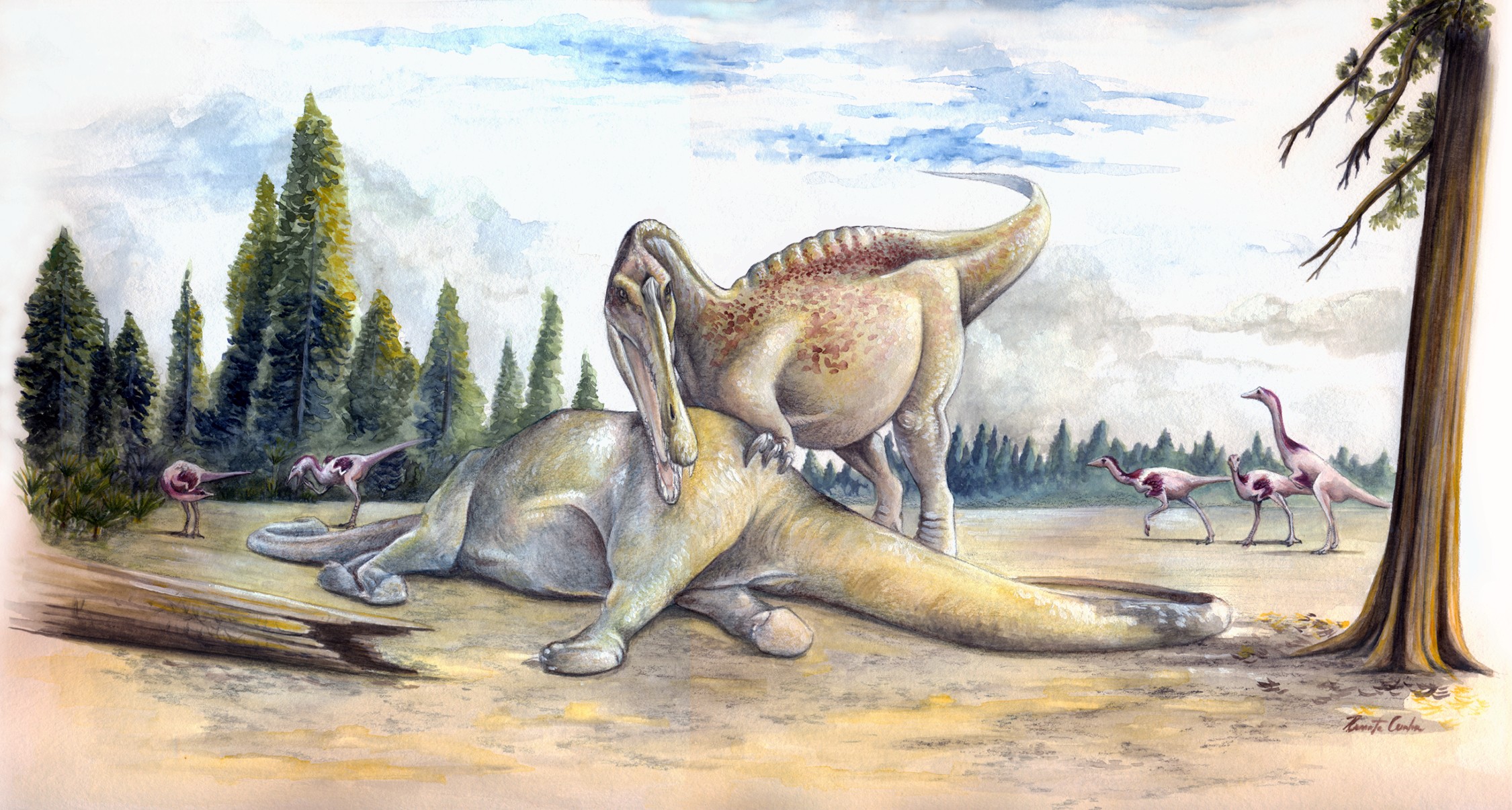
The feeding behaviors of Jurassic dinosaurs were as spectacular as their size. Sauropods developed sophisticated strategies for processing enormous quantities of plant material, often swallowing stones called gastroliths to help grind food in their stomachs. A single adult Brachiosaurus needed to consume over 400 pounds of vegetation daily, requiring nearly constant feeding to maintain its massive bulk.
Different species evolved specialized feeding adaptations that minimized competition. Some, like Diplodocus, had narrow heads perfect for selective feeding on specific plant types. Others, like Camarasaurus, developed powerful jaws for processing tougher vegetation. These specializations allowed multiple giant species to coexist in the same ecosystems without depleting food resources.
Why Modern Animals Can’t Match Jurassic Sizes
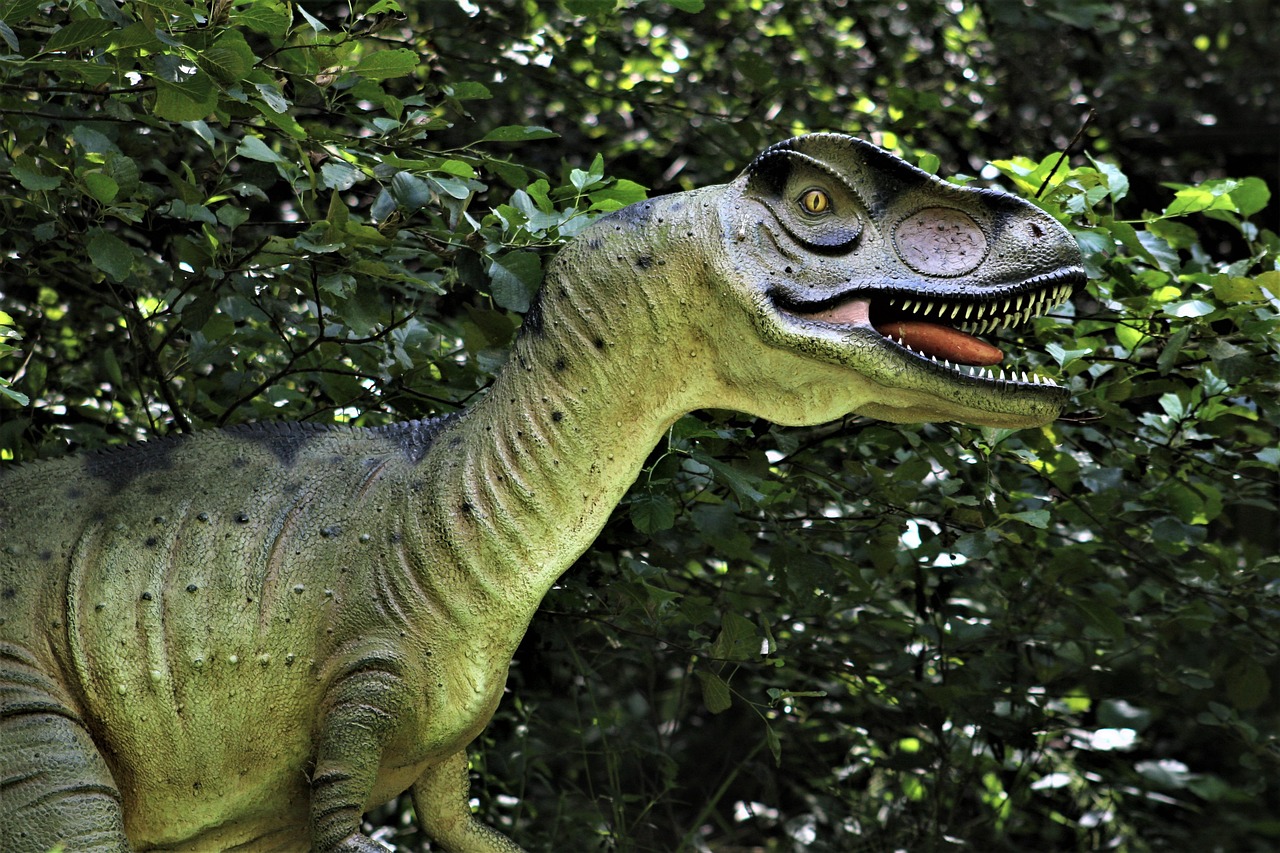
The question of why modern animals can’t achieve Jurassic sizes has fascinated scientists for decades. The answer lies in a combination of environmental and physiological factors that made the Jurassic period uniquely suitable for gigantism. Today’s atmosphere contains less oxygen than during the Jurassic, making it harder for massive animals to maintain the high metabolic rates necessary for such large body sizes.
Modern ecosystems also lack the vast, continuous food sources that supported Jurassic giants. The rise of grasses and flowering plants created more complex food webs that favored smaller, more specialized animals over massive generalists. Additionally, the emergence of large mammalian predators created selective pressures that favored mobility and intelligence over sheer size.
The Legacy of Jurassic Giants in Modern Science
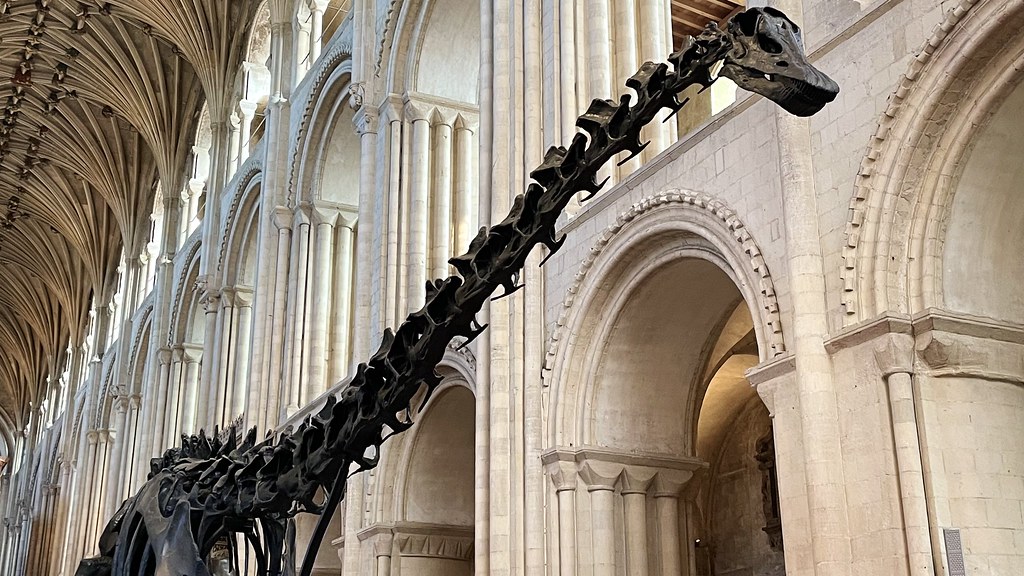
The study of Jurassic dinosaurs continues to revolutionize our understanding of biology, physics, and evolution. These ancient giants have inspired breakthroughs in materials science, as researchers study their bone structures to develop stronger, lighter building materials. Their cardiovascular adaptations have influenced medical research into treating heart conditions and blood pressure disorders.
Perhaps most importantly, Jurassic dinosaurs serve as a reminder of life’s incredible potential for diversity and adaptation. They demonstrate that under the right conditions, evolution can produce creatures that seem to defy the laws of physics. Their existence challenges our assumptions about what’s possible in the natural world and continues to inspire new generations of scientists and researchers.
Fossil Discoveries That Continue to Amaze
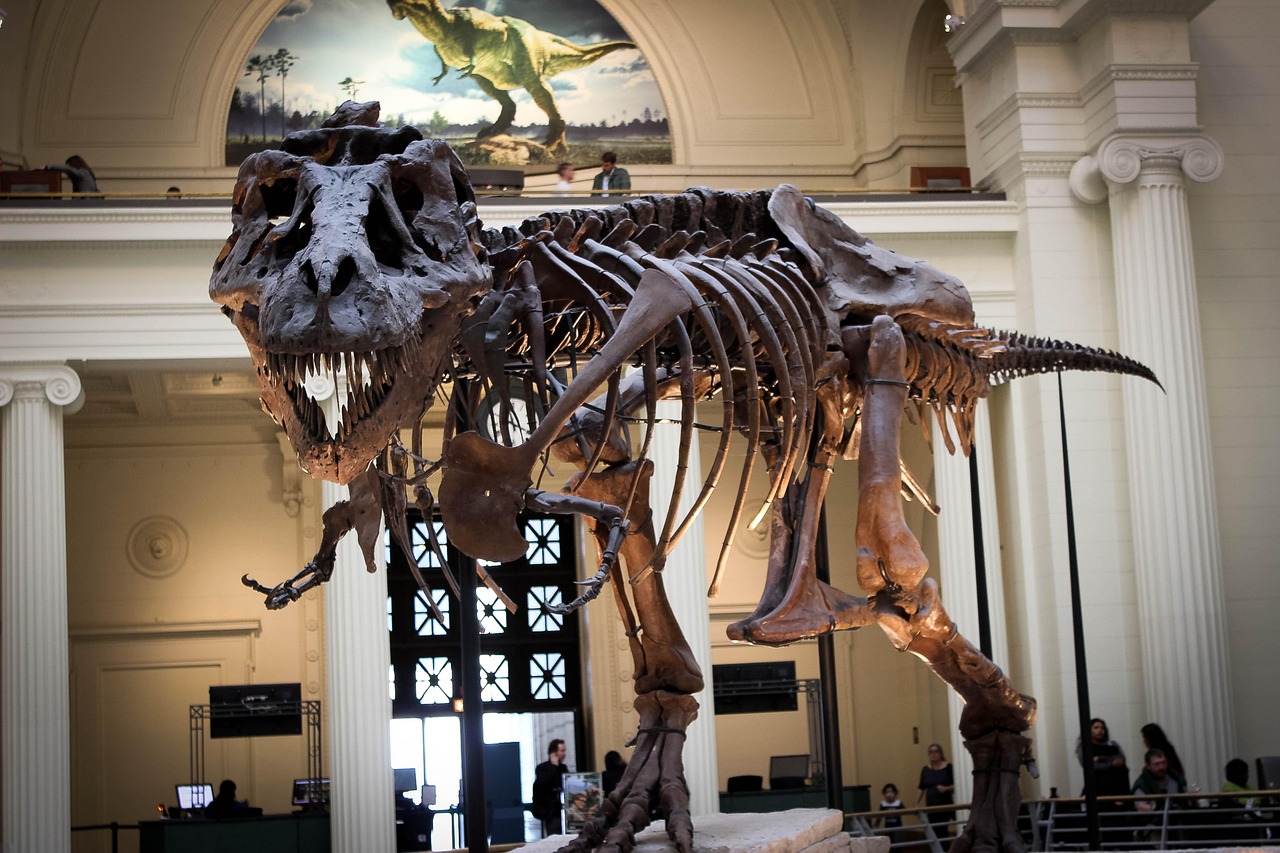
The discovery of dinosaur trackways has been particularly enlightening, showing that many of these giants moved in herds and displayed complex social behaviors. Some trackways preserve evidence of migration patterns that spanned hundreds of miles, suggesting these creatures had sophisticated navigation abilities. Each new find adds another piece to the puzzle of how these magnificent animals lived and thrived in their ancient world.
The Enduring Mystery of Jurassic Supremacy
Despite decades of research, Jurassic dinosaurs retain an air of mystery that continues to captivate scientists and the public alike. Their combination of enormous size, sophisticated adaptations, and ecological success represents a unique chapter in Earth’s history that may never be repeated. These creatures achieved a level of biological perfection that allowed them to dominate their world for millions of years.
The fact that no modern land animal approaches their size serves as a testament to the unique conditions that existed during the Jurassic period. Their records remain unbroken not because modern animals lack the genetic potential for gigantism, but because the environmental conditions that made such size advantageous no longer exist. They stand as monuments to a time when the Earth itself was different, when the very air and climate conspired to create giants that still inspire wonder today.
The Jurassic dinosaurs represent more than just impressive statistics in the fossil record – they embody the extraordinary potential of life itself. Their ability to achieve sizes that modern physics suggests should be impossible demonstrates the incredible adaptability and ingenuity of evolution. These ancient giants remind us that our planet has hosted life forms so magnificent that they continue to capture our imagination millions of years after their extinction.
Conclusion

From the towering heights of Brachiosaurus to the whip-crack tail of Diplodocus, each species pushed the boundaries of what was biologically possible. Their success wasn’t just about growing large – it was about developing the sophisticated adaptations necessary to function at such enormous scales. They solved engineering problems that modern technology still struggles with, creating biological solutions that continue to inspire scientific research today.
The records set by these Jurassic giants will likely never be broken by naturally occurring land animals. The unique combination of environmental conditions, atmospheric composition, and ecosystem dynamics that enabled their existence was a singular moment in Earth’s history. Their legacy lives on not just in museum displays and scientific papers, but in the continued quest to understand how life can achieve such extraordinary forms.
What secrets might these giants still hold, waiting to be discovered in rocks yet to be excavated?


